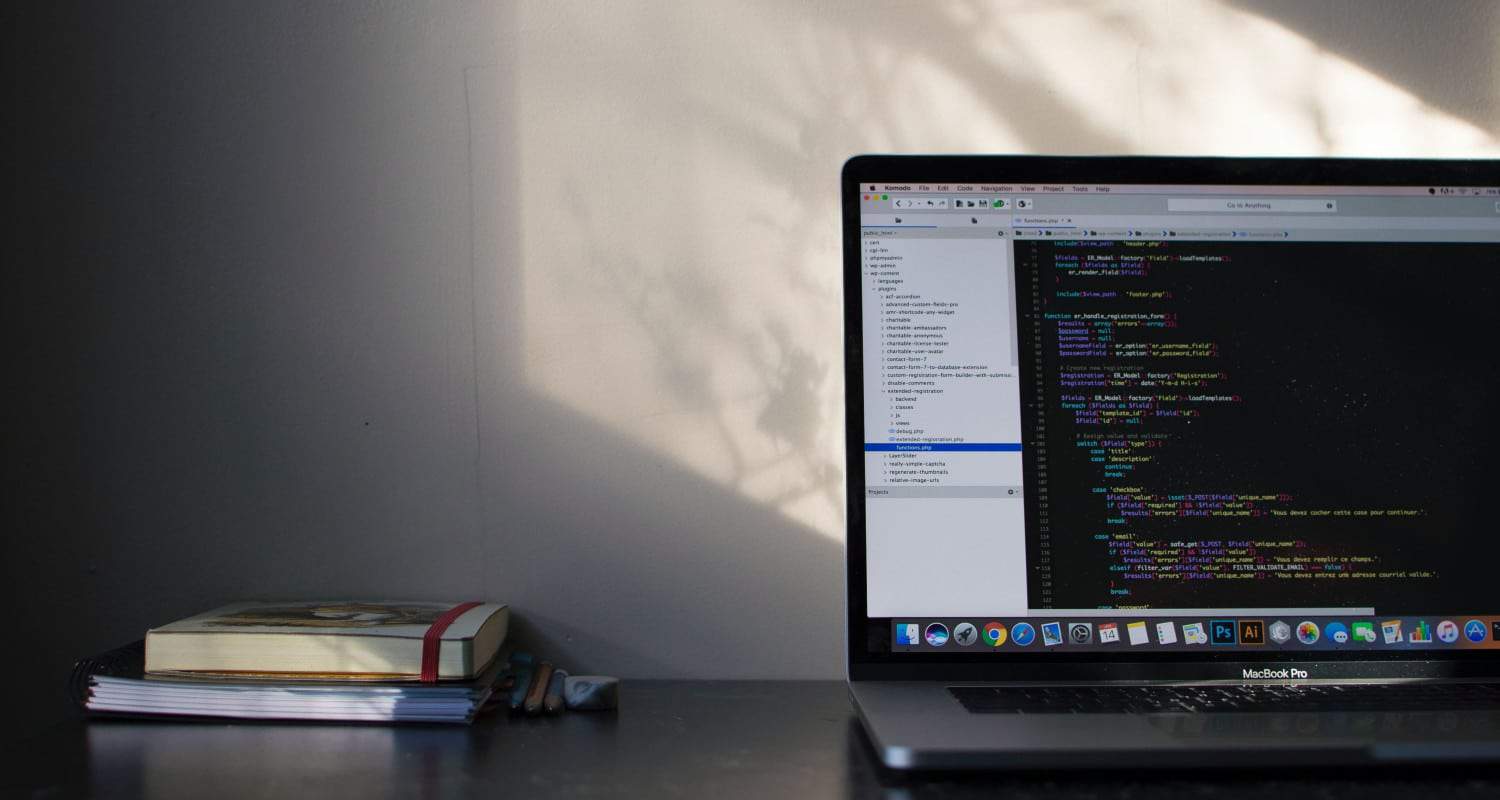Python is an excellent language for beginners and experts alike. It’s easy to learn and use, but you can also use it to write complex applications that rival other languages.
This post will discuss the different loops you can use in Python: while loops, for loops, nested loops, and even loops!
See Also: How To Set Environment Variables In Python
Table of Contents
Loops In Python
The different types of loops in Python are listed below:
While Loop
A while loop is used to iterate over a code block until a condition is met. It checks the condition before each iteration, and if it’s true, we continue with our execution; otherwise, we stop.

While loops often look like this:
While True: # do something here that might take the time or doesn’t matter if some_condition(): # do something else here break
You can use the ‘break’ keyword to exit the loop early.
See Also: What Are Immutable Strings In Python?
For Loop
The for loop is used to iterate over various values or sequences.
You can do it using the range() function and its argument, which gives you access to all the integers between two numbers:
For example:
for i in range(10): print(i)
Output: 10, 11, 12…

The for loop can also iterate over a sequence, such as a list or a tuple. It accomplishes this by passing the sequence into the range() function:
For example:
for I in range(5): print(I)
Output: 0, 1, 2, 3, 4.
Nested Loops
Repeating a task within another loop is a code block within another block. Nested loops can be used when you want to repeat the same action multiple times in your program.
For example:
A nested loop that increments an integer variable by 1 every time it runs (like in this script):
def main():
counter = 0 while True: counter += 1
print("The value of counter is: " + str(counter)) main()
This script prints out the value of the counter as it increases.

If you wanted to increment by 10 instead of 1, you could change the inner loop to look like this:
def main(): counter = 0 while True: counter += 10
print("The value of the counter is: "+ str(counter)) main()
This would print out, “The value of the counter is 10, 20, 30, 40, and so on”.
See Also: What Are Constructors In Python?
Else Loop
The else statement is used with the if statement. It allows you to execute a block of code conditionally.
The following example will output “Hello World” if your user enters an invalid input; otherwise, it will print “Hello World”:
if (input() == "world") { print("Hello World"); } else { print("Invalid Input"); }
The first line of the code above checks whether input() is equal to “world”. If it is, it will run the block of code between the curly braces. If not, it will run the code between the curly braces.

The following example will output “Goodbye World” if your user enters an invalid input; otherwise, it will print “Goodbye World”:
if (input() == "world") { print("Hello World"); } else { print("Invalid Input"); }
The first line of the code above checks whether input() is equal to “world”. If it is, it will run the block of code between the curly braces. If not, it will run the code between the curly braces.
See Also: What Are The Key Features Of Python?
Loop Control Statements
Control statements control the flow of your program. You can use a control statement to:
- Break out of a loop, or stop the execution of a loop and go to the following line.
- Continue executing code within a loop (like going back one line). This is also known as re-entering an innermost for a () loop.
- Pass an argument to another function or method.

You can even pass a variable from one function to another, known as “call by value”. Such functions are called “pass-by-value”. It does not copy the data into the other function’s local scope; instead, data passes along with any changes made.
For example, say you have a function called add_one(), which takes a number as an argument and adds 1. You can then call the function with the value 10 in the local scope:
def add_one(x): print(x)
print(x) 11: This means that the local variable x will change to 11, but the global variable x remains unchanged.
See Also: What Is A Breakpoint In Python? Complete Guide
FAQs
How do you break out of a loop in Python?
You can use the break keyword to break out of a loop in Python. When the break keyword is executed, the loop is immediately terminated. The program continues with the next statement after the loop.
What is the range() function in Python?
The range() function in Python is a built-in function that generates a sequence of numbers. It is commonly used for loops to specify the number of times the loop should iterate.
What are some common use cases for loops in Python?
Loops in Python are commonly used to iterate over sequences, perform repetitive calculations, and process data from external sources. They are also used in conjunction with conditional statements to implement complex logic.
How do you skip an iteration of a loop in Python?
To skip an iteration of a loop in Python, you can use the continue keyword. When the continue keyword is executed, the current iteration of the loop is skipped, and the program continues with the next iteration.
Conclusion
Python is an excellent language for writing programs that loop. It could take whole sections of this chapter to describe the many ways you can use loops in Python, but to keep things brief; it focused on the most common type: for() loops.
See Also: Complete Full-Stack Developer Roadmap For 2023

